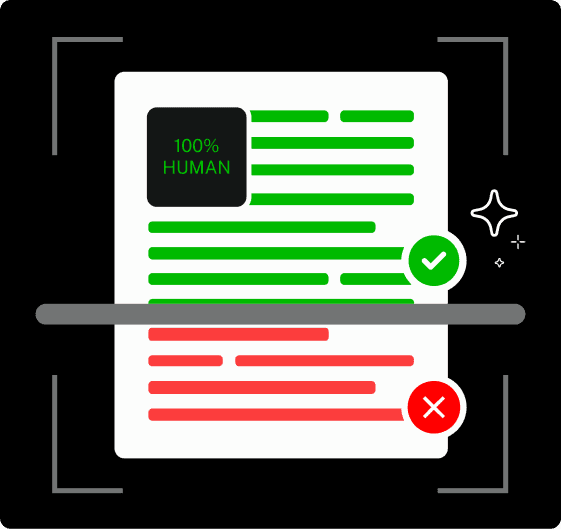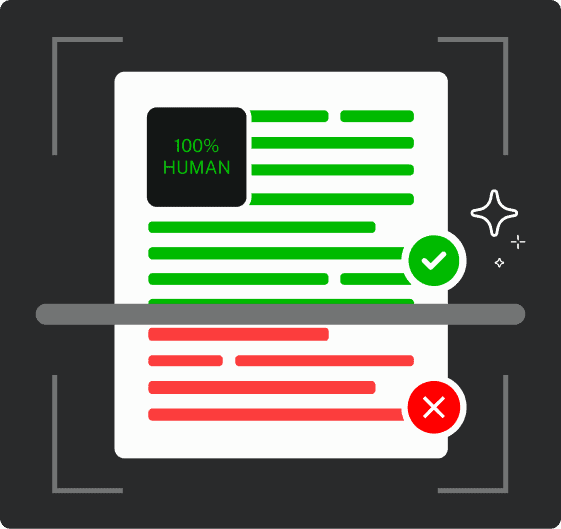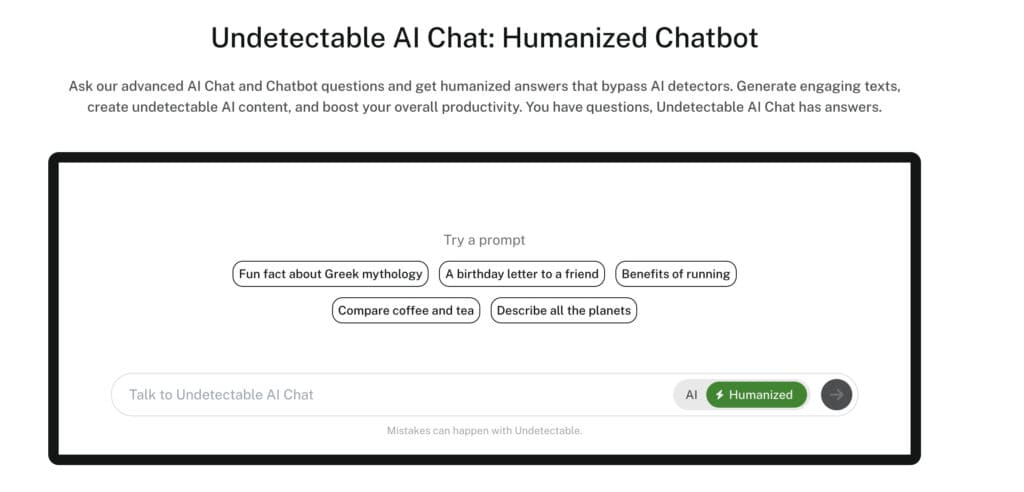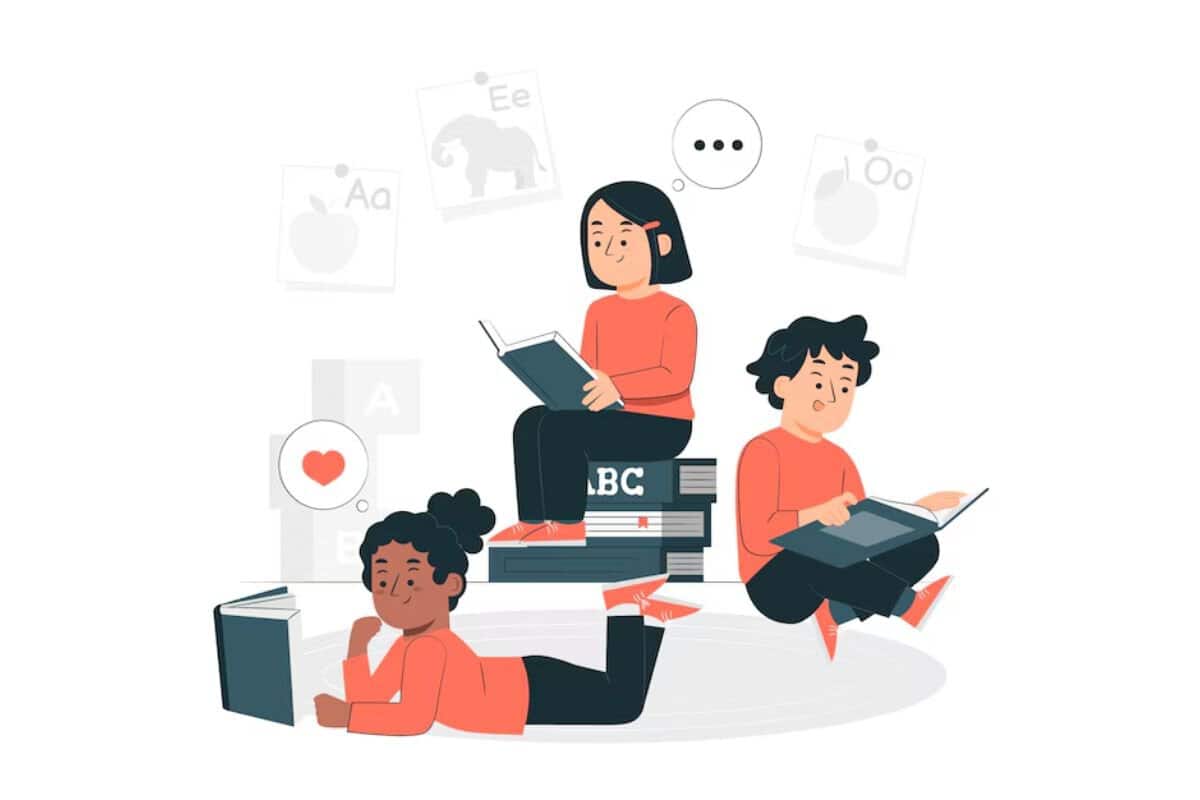Mastering English is not merely a matter of being familiar with words but also understanding how words themselves can have different meanings in different contexts.
One of the most challenging (and intriguing) elements of language is homonyms, words that sound or look identical but have totally different meanings.
Have you ever paused mid-writing, pondering whether “lead” is a direction or a metal or whether “bat” is an animal or sporting equipment?
If you have, then you’ve witnessed homonyms in action. Homonyms can be problematic, but they can add depth to your vocabulary and fuel smart wordplay.
In this article, we will discuss homonyms in depth and provide you with 50+ examples of homonyms, including their usage in sentences, for easier understanding.
We will also give you professional tips on how to use homonyms in writing, how to avoid mistakes, and how to use AI tools to improve readability. Let’s get started!
What Are Homonyms?
Homonyms are words with a similar spelling or a similar sound but a different meaning.
Homonyms complicate and enhance language in that their meaning is purely contextual. Some homonyms, such as “bark” (the dog’s sound and a tree’s outer covering), are easy to tell apart, but not all are.
Types of Homonyms (With Examples)
We have three categories: homophones, homographs, and true homonyms.


Never Worry About AI Detecting Your Texts Again. Undetectable AI Can Help You:
- Make your AI assisted writing appear human-like.
- Bypass all major AI detection tools with just one click.
- Use AI safely and confidently in school and work.
Each has its characteristics.
Understanding them will enable you to avoid ambiguity when using these words in speech and writing.
Homophones (Same Sound, Different Meaning & Spelling)
Homophones are words that sound the same but usually have different spellings and meanings.
Among all three categories, these are the most confusing.
That’s why, in elementary education, teachers give students homonyms examples with pictures for better understanding.
Examples:
- Their / There / They’re: All pronounced the same.
- Flour / Flower: Contrary to what some think, both are pronounced the same way.
- Two / To / Too: All pronounced the same.
Homographs (Same Spelling, Different Meaning & Sometimes Pronunciation)
This category of homonyms shares the same spelling but has different meanings.
They occasionally tend to sound alike.
Examples:
- Bow: It could mean the piece of string you tie on a gift or the action one takes to salute the crowd after a performance.
- Lead: It could mean the action of the head of a team towards the team or followers. It could also be referring to the heavy metal with the chemical symbol ”Pb.”
True Homonyms (Same Spelling & Pronunciation, Different Meaning)
True homonyms are words that are spelled alike and sound exactly alike, but their meanings are totally unrelated.
The only thing that can help distinguish them is context.
Examples:
- Bat: either a winged mammal leaving a cave or a club used in baseball.
- Well: as in, she is not feeling well today, or that they fetched water from the well.
- Tear: It could mean what comes out of the eyes when a person is crying, or it could also mean the action of ripping paper.
Understanding the difference between these three categories and employing them accurately will make your message clearer in writing.
50+ Common Homonyms & Their Meanings (With Sentences)
Homonyms are some of the basic building blocks of the English language, and recognition of this fact enhances both writing and word play.
Below is a list of 50+ homonyms examples with sentences to show their meanings, categorized accordingly.
Homophones (Same Sound, Different Meaning & Spelling)
See the common homophones and homonyms examples below.
- Flour / Flower
- She bought a bag of flour to bake bread.
- The flower garden was in full bloom.
- Their / There / They’re
- It’s their responsibility to clean up.
- The keys are over there on the table.
- They’re going on vacation next week.
- Two / To / Too
- She has two cats.
- We are going to the mall.
- It’s too cold outside.
- Sea / See
- The sea was calm and beautiful.
- I see what you mean.
- Weak / Week
- After being sick, she felt weak.
- I will visit my grandparents next week.
- Brake / Break
- Press the brake to stop the car.
- Be careful not to break the glass.
- Knight / Night
- The knight rode into battle.
- The stars shine at night.
- Waste / Waist
- Don’t waste food.
- The belt fits perfectly around my waist.
- Pair / Pear
- These are my favorite pair of socks.
- She doesn’t need a pear for the dish she is making
- Right / Write
- You got the answer right!
- Please write your name on the paper.
- Stare / Stair
- The Italian man had a dead stare on his face at the poker table.
- Jane sorely dislikes climbing up the stairwell.
- Mail / Male
- I checked the mail this morning.
- The male lion is the leader of the pride.
- Sun / Son
- The sun is shining brightly today.
- His son just started kindergarten.
- Plain / Plane
- We need to get plain white tees for our dance.
- Her plane took off this afternoon.
- Steal / Steel
- It’s wrong to steal from others.
- The bridge is made of steel.
- Hole / Whole
- Petrochemical engineers are drilling a hole in my neighbourhood.
- I ate a whole steak tonight.
- Blue / Blew
- His shirt is blue.
- The wind blew the leaves away.
- Hour / Our
- It took an hour to finish the work.
- We are going to our friend’s house.
- Tail / Tale
- The lizard lost its tail in a fight.
- This tournament has been a tale of two halves.
- Peace / Piece
- He wished for world peace.
- She took a piece of cake.
- Dew / Due
- The grass was wet with morning dew.
- The bill is due tomorrow.
- Stationary / Stationery
- The car remained stationary at the red light.
- She bought new stationery for school.
- By / Buy / Bye
- The cup is by the bookshelf
- This is the car I want to buy next year
- His wife came to wave him bye on his maiden voyage
- Board / Bored
- He nailed the board to the wall.
- I was bored during the long lecture.
Homographs (Same Spelling, Different Meaning & Sometimes Pronunciation)
See the common examples below.
- Bow
- He wore a bow tie to the party.
- The actress took a bow after her performance.
- Tear
- A tear rolled down her cheek.
- Try not to tear the paper.
- Lead
- She will lead the team to victory.
- The pipes were made of lead metal.
- Wind
- The wind is strong today.
- Wind the clock before going to bed.
- Bass
- He plays the bass guitar.
- The lake is full of bass fish.
- Row
- They had a row over politics.
- Let’s sit in the first row of the theater.
- Present
- She received a present for her birthday.
- He was present at the meeting.
- Object
- There was a strange object in the sky.
- I object to this decision!
- Wound
- The soldier had a deep wound on his arm.
- She wound the string around her finger.
- Does
- She does her homework every evening.
- A family of does (female deer) walked through the forest.
- Content
- The book’s content was very informative.
- She felt content with her achievements.
- Minute
- It will only take a minute to finish.
- The details were so minute that nobody noticed.
- Invalid
- The coupon was invalid and couldn’t be used.
- The injured soldier became an invalid.
- Live
- The concert will be broadcast live.
- They live in a small apartment downtown.
- Close
- The store will close at 9 PM.
- Stand close to me so I can hear you.
- Sewer
- The city repaired the sewer system.
- She is a skilled sewer who makes her own clothes.
- Refuse
- The employee decided to refuse the job offer.
- Please throw the refuse into the garbage bin.
True Homonyms (Same Spelling & Pronunciation, Different Meaning)
See the common examples below.
- Wave
- The gigantic wave crashed into the side of our Navy ship
- The old woman gave me a polite wave today
- Watch
- I buy a watch every other day.
- Let’s watch the NBA playoffs together.
- Date
- We had our first date yesterday.
- The date on the billboard is wrong.
- Bear
- The bear lives in the forest.
- I can’t bear this weight alone.
- Well
- She delivered her speech well.
- That well is the main source of water for this small village.
- Point
- He made a striking point in the board meeting.
- She was asked to point out the culprit from a lineup of suspects.
- File
- I accidentally deleted the file for the event from my computer.
- The doctor asked the resident nurse for the patient’s file.
- Spring
- The flowers bloom in spring.
- Water flows from a natural spring in the mountains.
- Tie
- He wore a red tie to the wedding.
- The game ended in a tie.
- Nail
- She painted her nail bright pink.
- Use a nail to hang the picture on the wall.
- Saw
- He saw a beautiful bird in the tree.
- He used a saw to cut the wood.
- Bank
- I deposited money at the bank.
- They sat on the bank of the river.
- Jam
- She spread jam on her toast.
- There was a traffic jam on the highway.
- Rock
- A large rock blocked the road.
- The music made the crowd rock with excitement.
- Bat
- A bat flew through the open window.
- He swung the bat and hit the ball.
How to Identify Homonyms in Writing & Speech

Recognizing homonyms can be tough sometimes, especially when people don’t factor in the context.
You can follow the steps below to easily identify homonyms in speech and writing.
Observe the Sentence Context
Homonyms are very context-dependent for their intended meaning.
For instance, “The bat flew across the night sky.”
This is different from “He hit the ball with a bat” (sports equipment).
Listen for Pronunciation Cues
Some homographs have different pronunciations.
So, you should pay detailed attention. For example, “She had a tear in her dress.” This is pronounced as “tear.”.
Quite different from “A tear rolled down her cheek.” This is pronounced as “teer.”
Check for Spelling Differences
If the words sound alike but are spelled differently, they are homophones, not true homonyms.
For example, ‘The blue sky” is different from “He blew out the candles.”
Use a Dictionary or AI Writing Tools
It is best to consult a dictionary when you are unsure.
Alternatively, AI assistants and even some grammar checkers can help you differentiate between homonyms.
Homonyms vs. Homophones vs. Homographs: Key Differences
The table below is a summary of the differences between the types of homonyms.
| Category | Definition | Spelling | Pronunciation | Example |
| Homonyms | Words that share spelling or pronunciation but have different meanings. | Same or Different | Same or Different | Well (healthy) / Well (water source) |
| Homophones | Words that sound the same but have different spellings and meanings. | Different | Same | Right (correct) / Write (to record) |
| Homographs | Words that are spelled the same but have different meanings and sometimes different pronunciations. | Same | Same or Different | Bow (ribbon) / Bow (bend forward) |
How to Use Homonyms Correctly in Writing
Homonyms can add richness to your writing, yet can lead to miscommunication when wrongly applied.
Here’s how to use them appropriately:
Choose Words That Enhance Meaning
Homonyms can be used to develop wordplay, puns, and literary devices like double meanings.
Example: She couldn’t bear to take responsibility for the situation—but the bear in the woods could care less.
Be Mindful of Reader Interpretation
Some homonyms may inadvertently create ambiguity, most commonly in business or academic writing.
Example: The company is facing a serious wind. (This means the company is facing serious financial uncertainty.)
Use Homonyms in Headlines & Creative Writing
You can use a synonym or rephrase the sentence when a homonym seems complex.
Example: Instead of saying, “The dark night saw him battle,” you say, “Under a moonlit sky, he battled.”
When in Doubt, Rephrase
When a homonym is likely to be confusing, use a synonym or rephrase the sentence.
Example: “The bare bear climbed the tree,” say, “A bear without fur climbed the tree.”
These steps will help you apply homonyms on purpose, thereby making writing much more interesting for readers
Common Mistakes & How to Avoid Them
Below are some common homonym mistakes and their correct usage:
| Incorrect Usage | Correct Usage | Why? |
| She wore a beautiful bare dress. | She wore a beautiful bear dress. | Bare means uncovered; bear is an animal. |
| I will meat you at the cafe. | I will meet you at the cafe. | Meat is food; meet means to get together. |
| The dog wagged it’s tail. | The dog wagged its tail. | It’s means it is; its shows possession. |
How AI Can Help Identify & Correct Homonym Mistakes
AI tools can instantly identify and correct homonym errors, cutting down writing time and improving accuracy.
Examples of tools you can use include:
- Ask AI: Our “ask AI” tool is specifically designed for school work and can help students refine their writing and avoid homonym errors.

- AI Chat: Our Undetectable AI Chat bot is ideal for all writing tasks, such as emails, reports, and creative writing.

This means you’ll always have a number of fresh word choices and completely professional writing with no errors at all.
You can also explore our AI Humanizer and AI Detector in the widget below!
Conclusion
Homonyms are a significant part of the English language but can be problematic in speech and writing.
With knowledge of their differences, proper proofreading, and the use of our AI tools, you can avoid mistakes and communicate more effectively.
Find out more ways that you can use AI in your writing.
